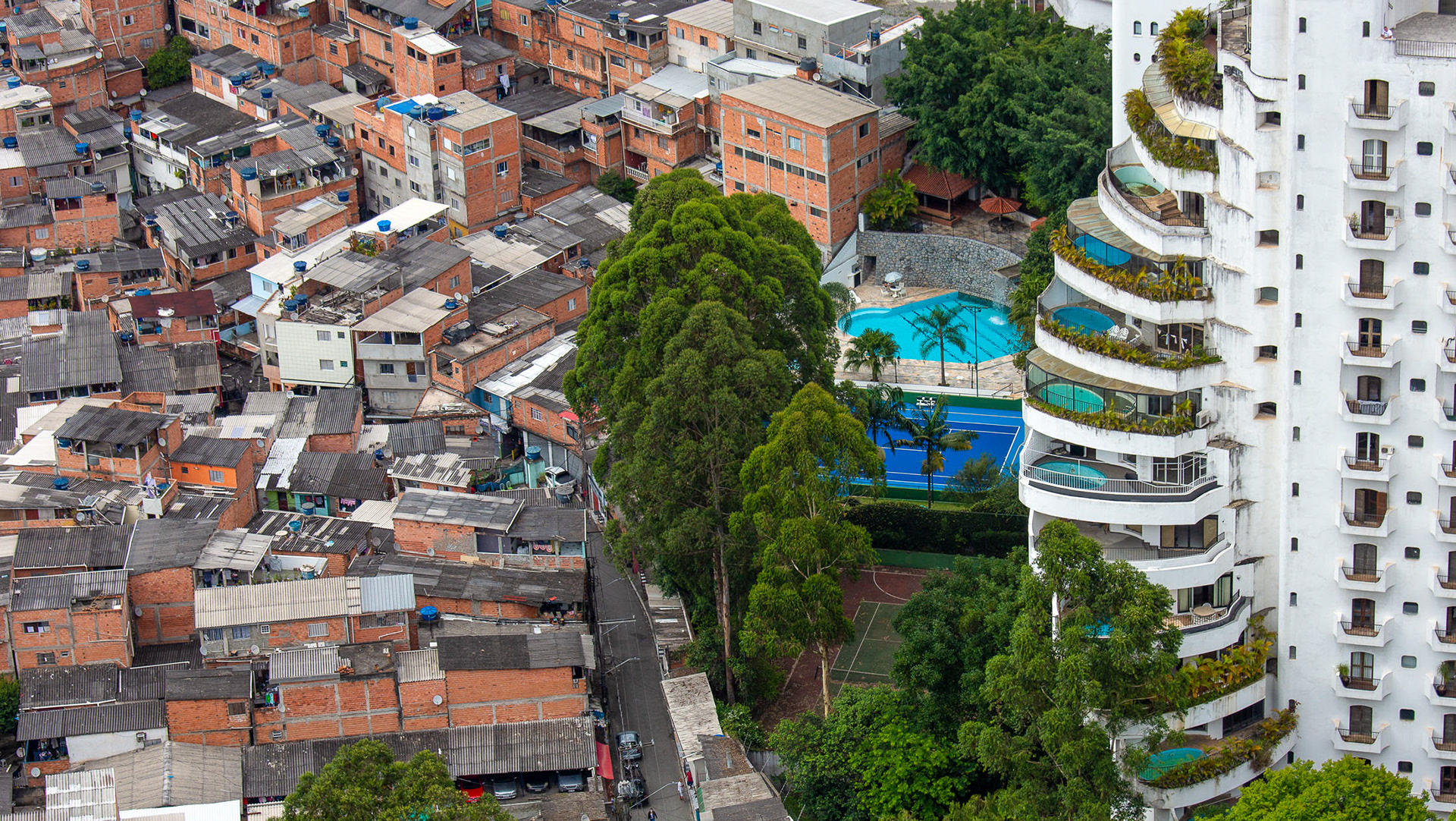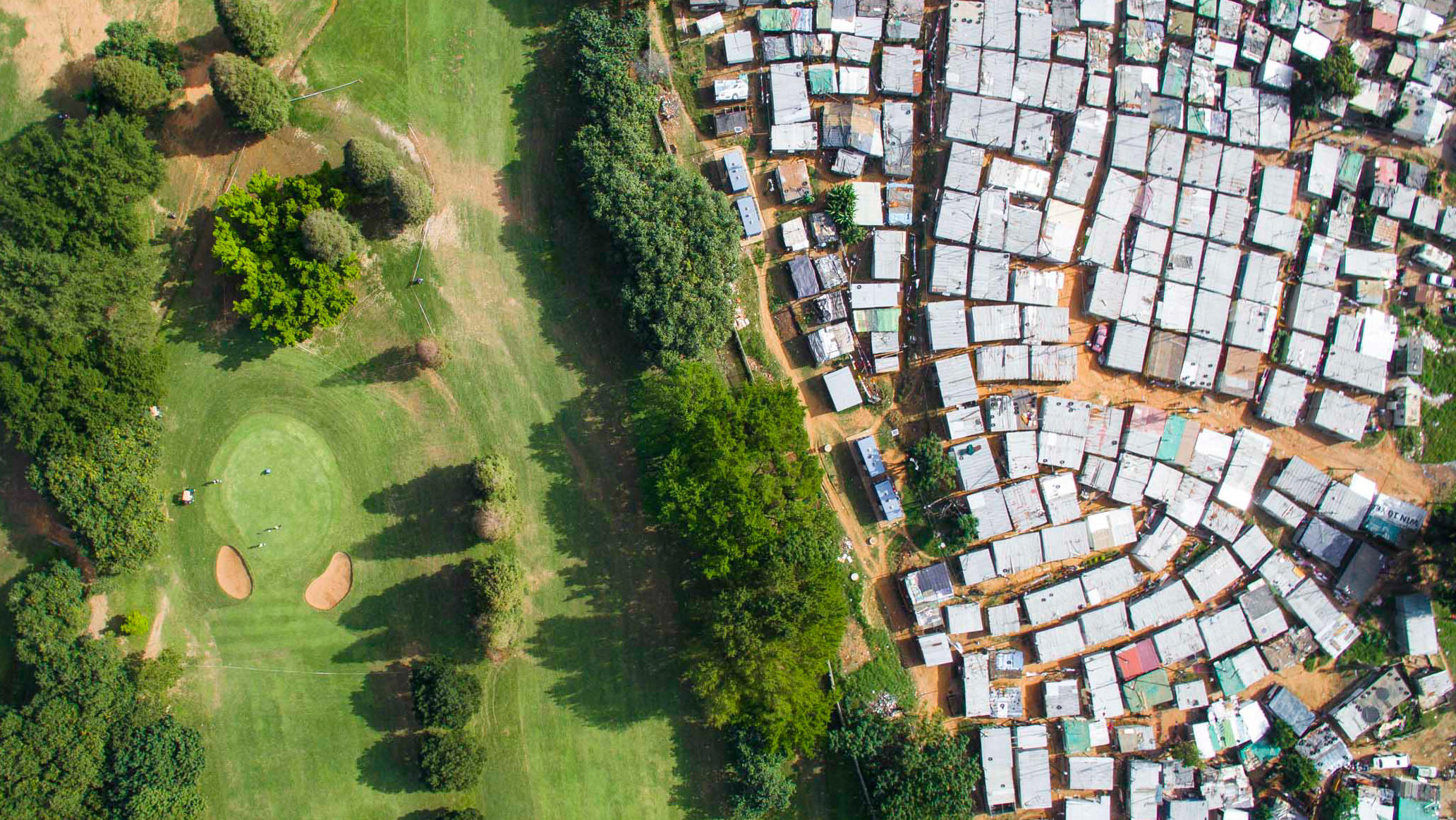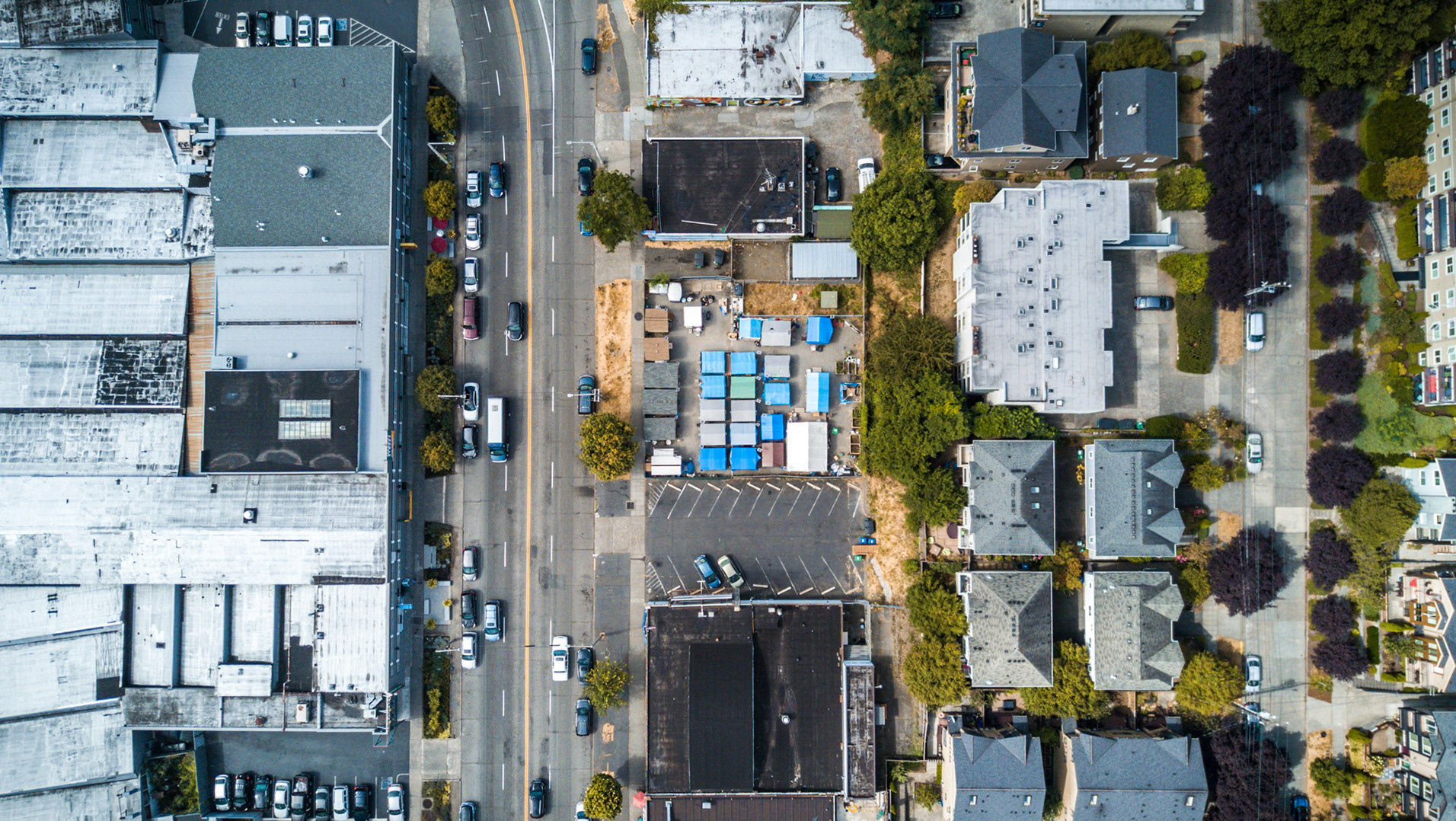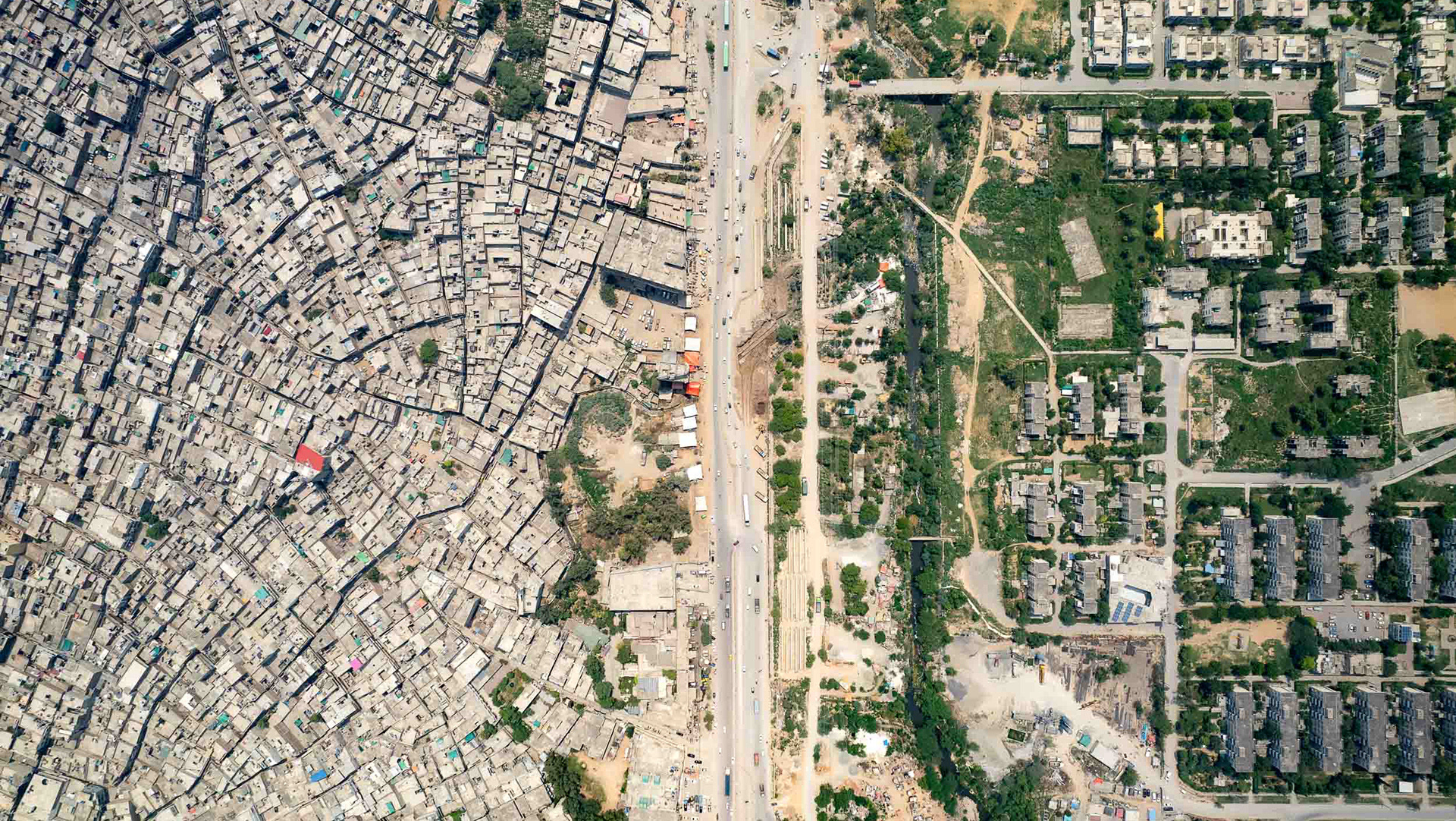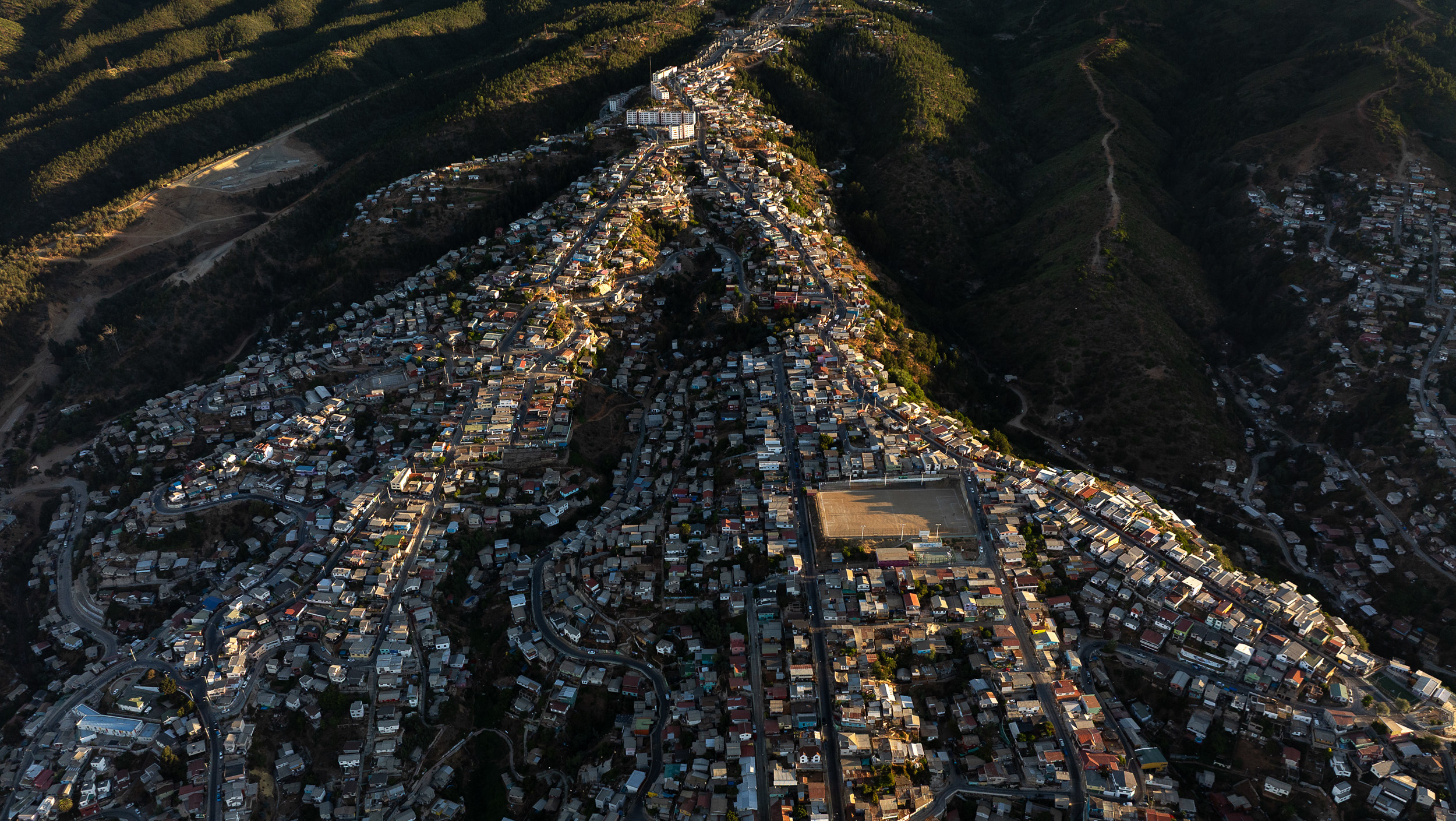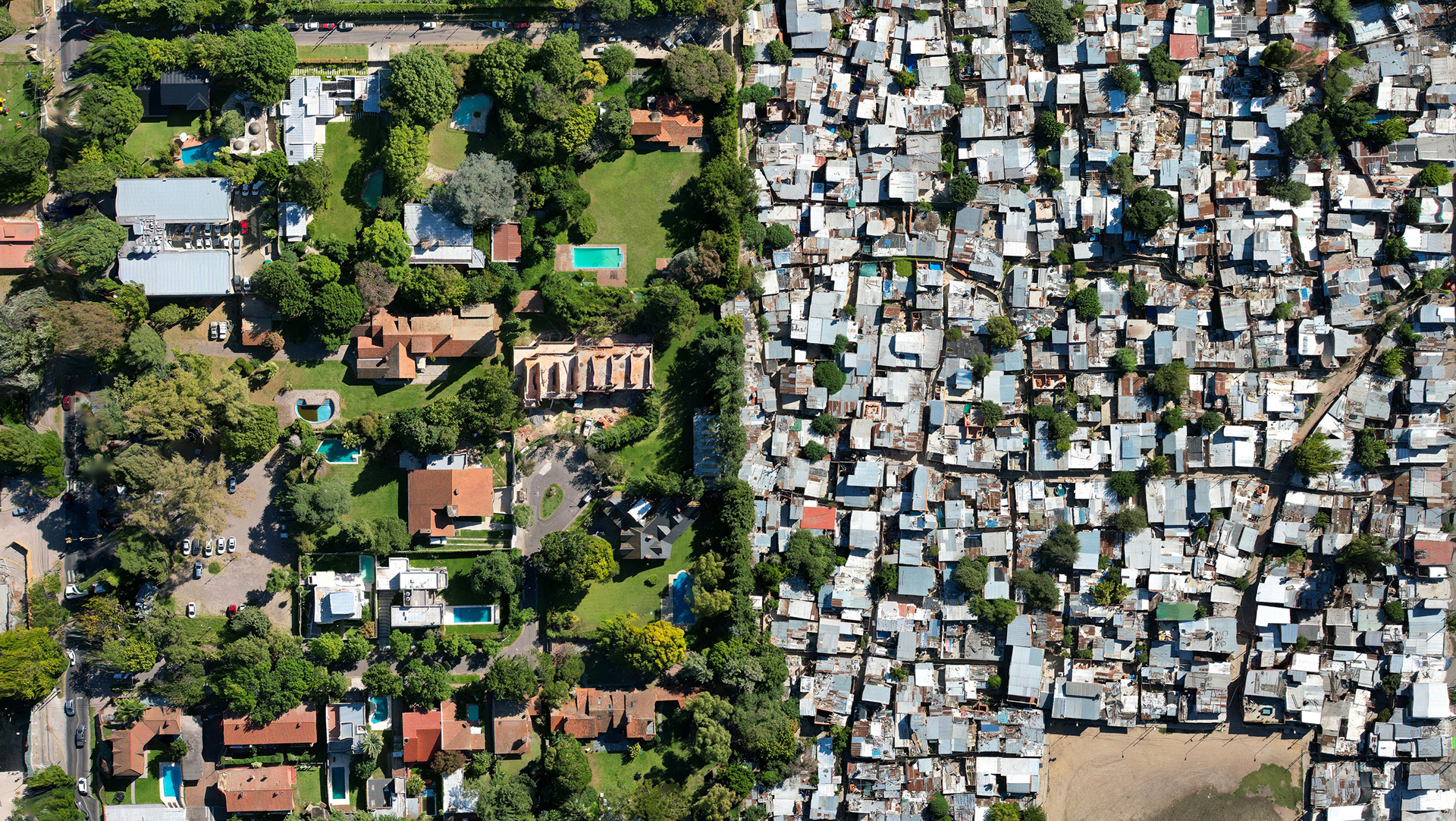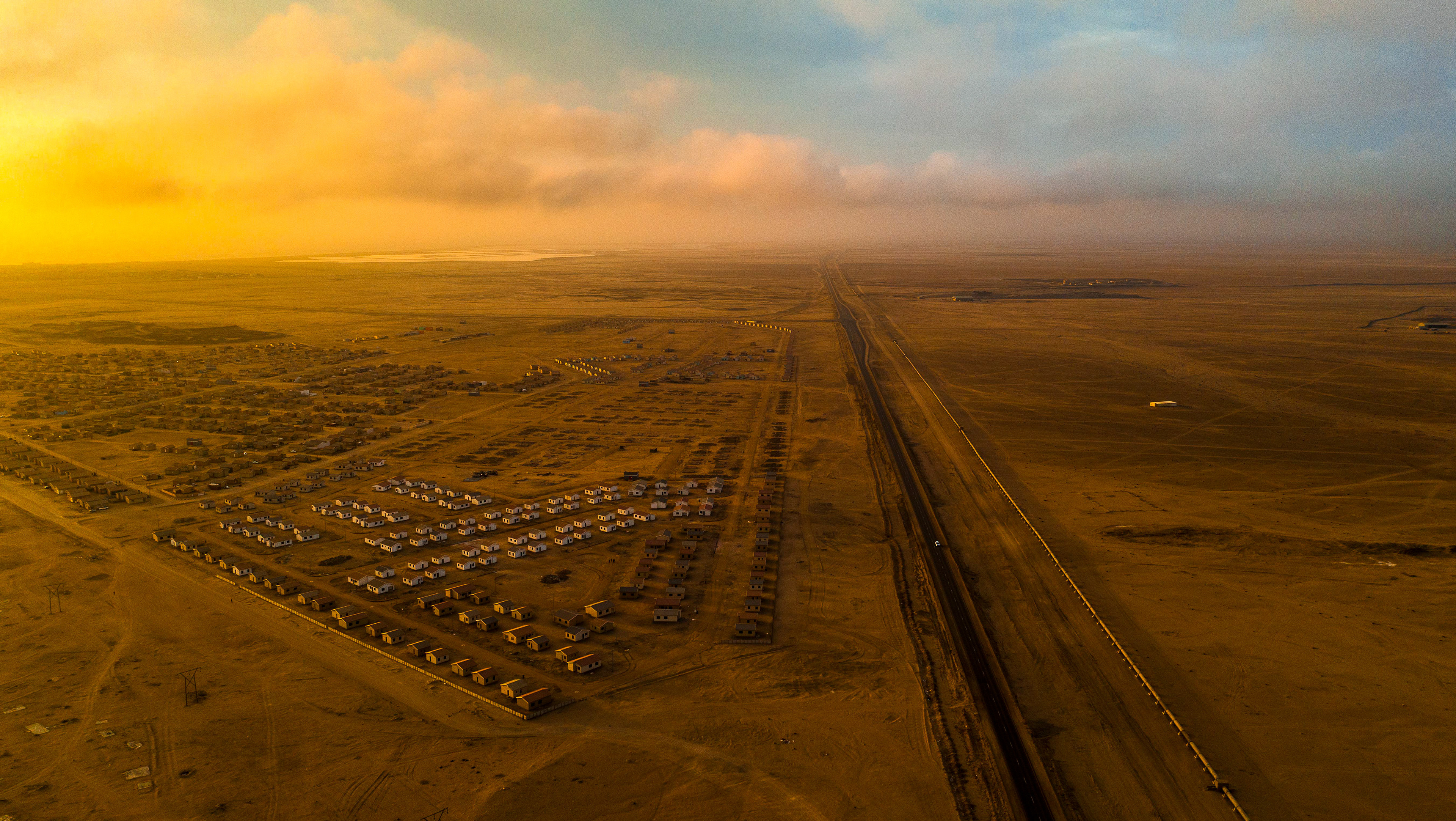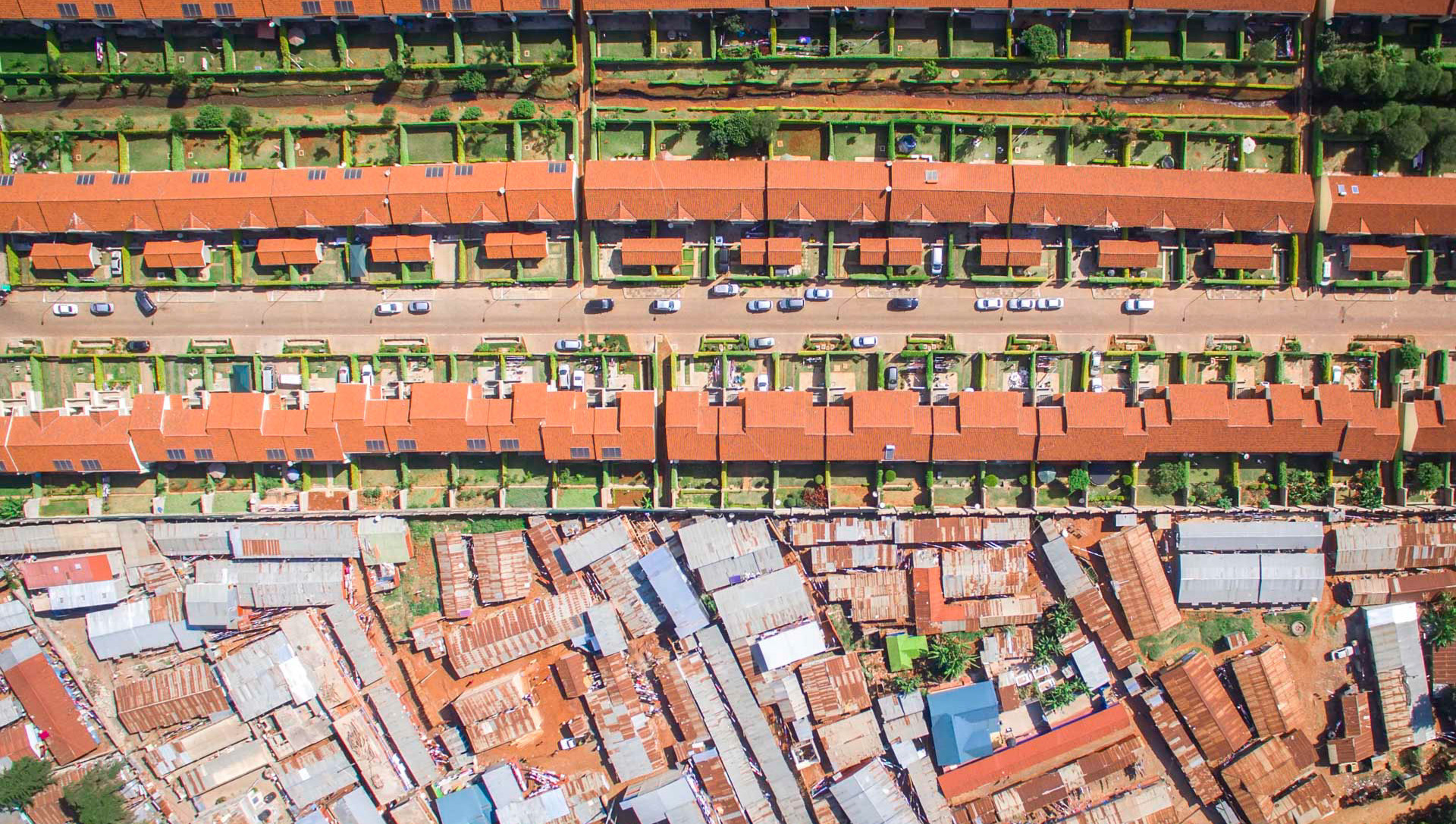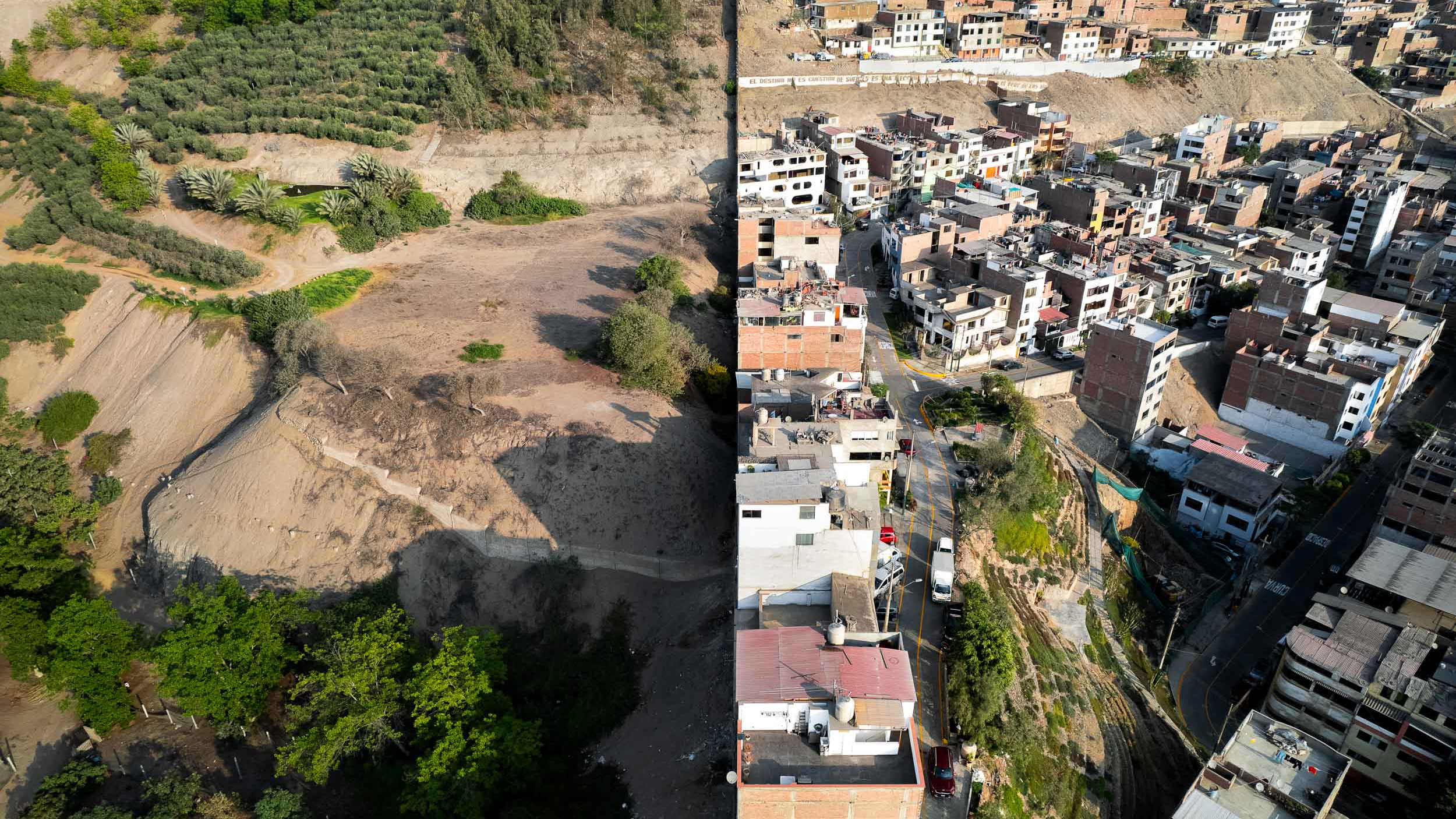The concrete barrier which separates Shaker Heights from Cleveland on E 177th St.
The barrier on E 177th St.
Concrete bollards still exist between the two communities, even on the sidewalk.
The barrier, a concrete tree planter, on E 173rd St.
Entering Apartheid Shaker: Photograph of the 1990 banner reading "Entering Apartheid Shaker: Home of Barricades." Put up by Councilman Charles Patton and fifty other demonstrators on the Cleveland-Shaker border of Lee Road in protest against the Shaker Barricades. The banner remained up for one year. ~
Curiously, the "no outlet" signs are only visible from the Cleveland side (historically, the poorer side) of the divide on 173rd St. On the other side, there are no signs at all.
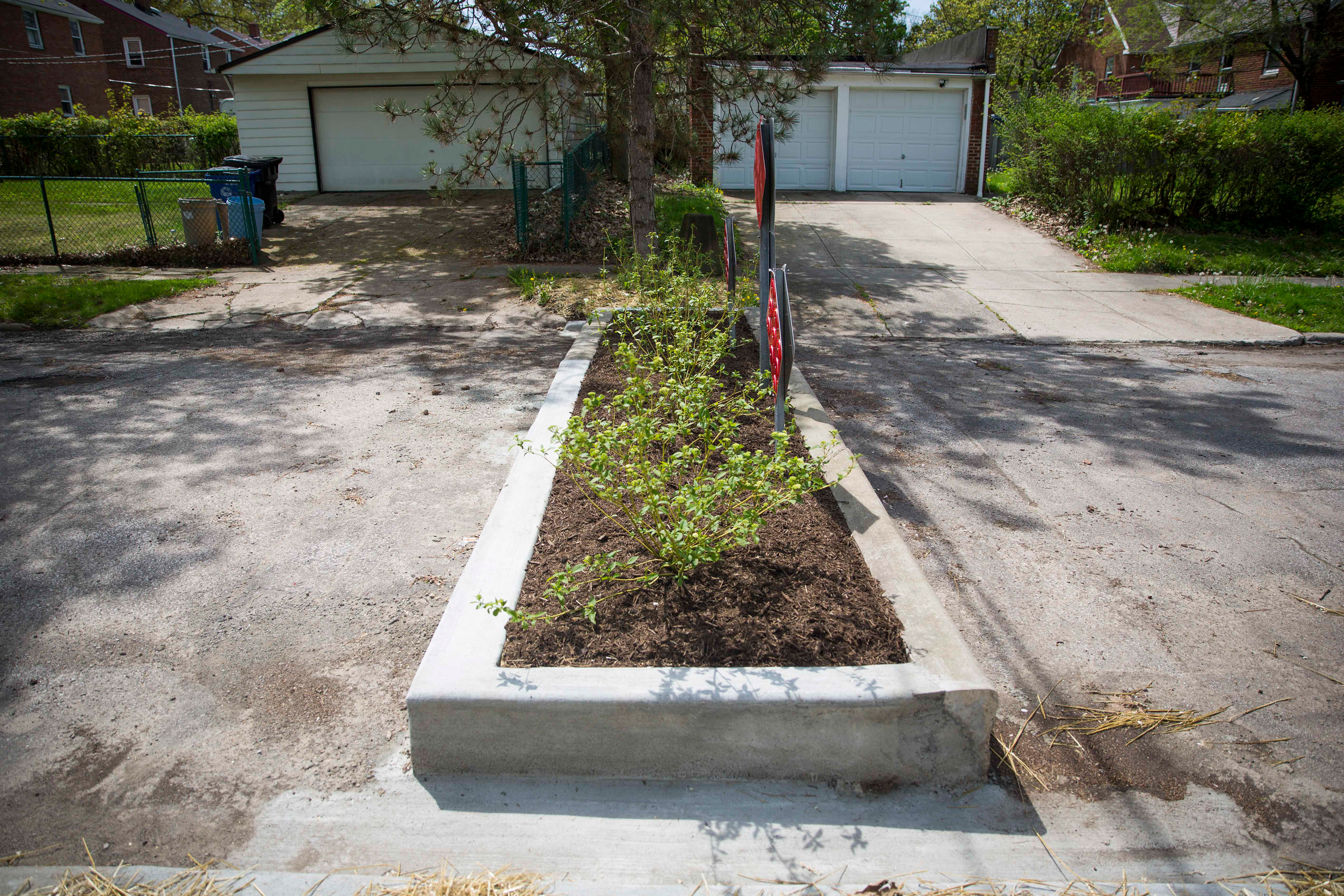
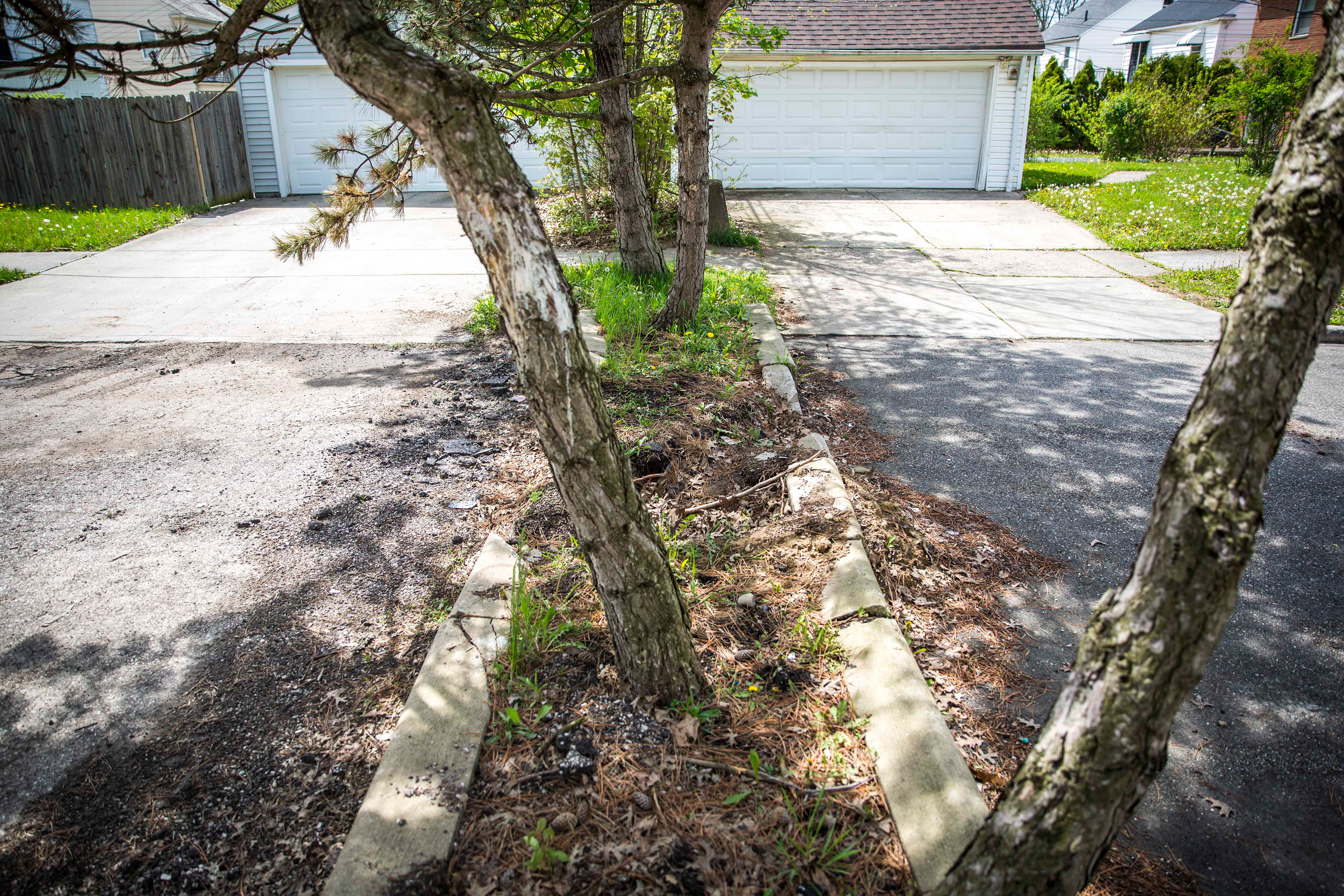
There is no direct way to cross between the two neighborhoods by vehicle.
The Google map of the area shows the divide between the two neighborhoods.
Note the squiggles on E 173rd and 177th Streets, denoting the existence of blockades in the roadway.
Even the entrance to Scottsdale Blvd, not shown on the map above, is blocked into a one-way street at the intersection with Lee Rd.
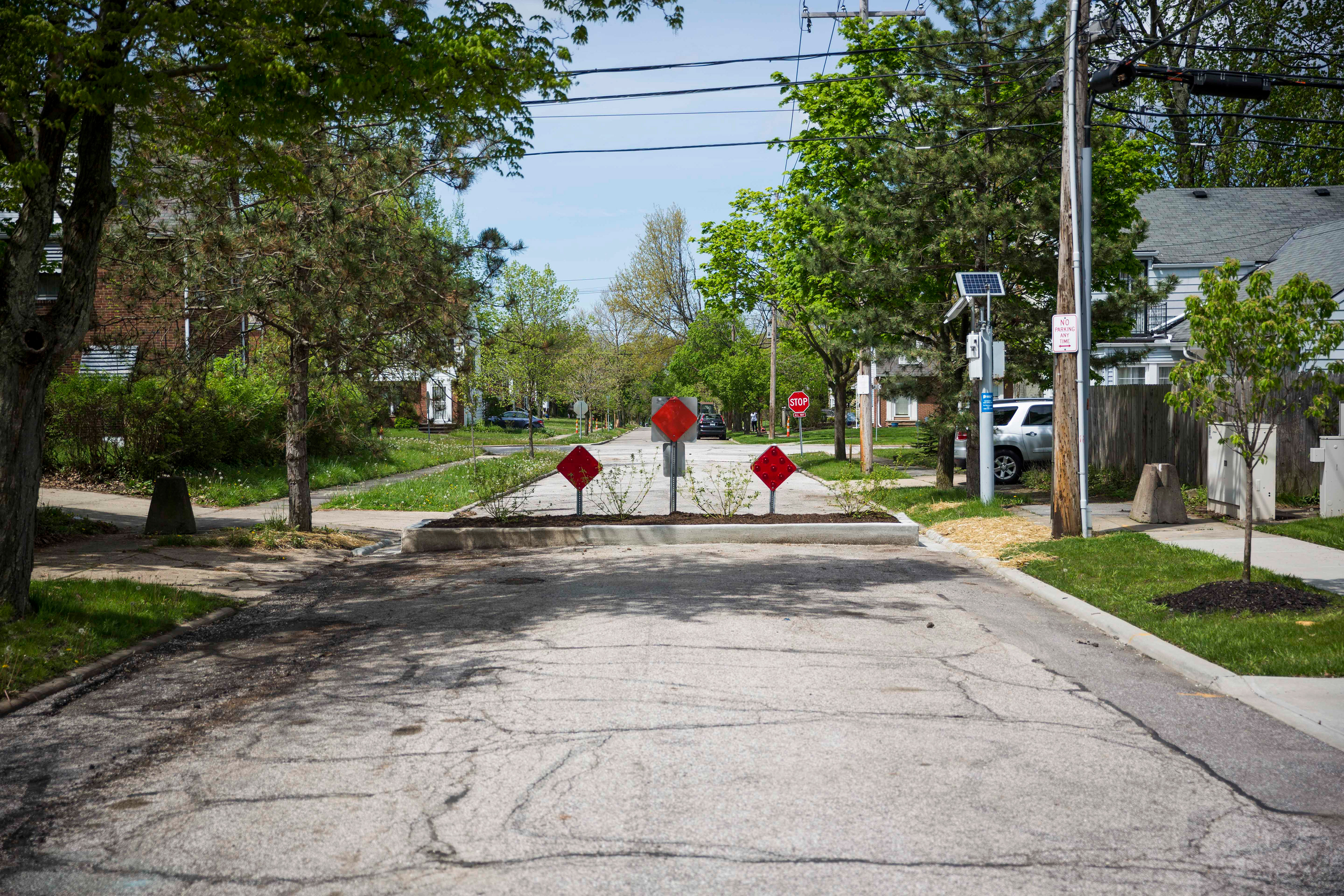
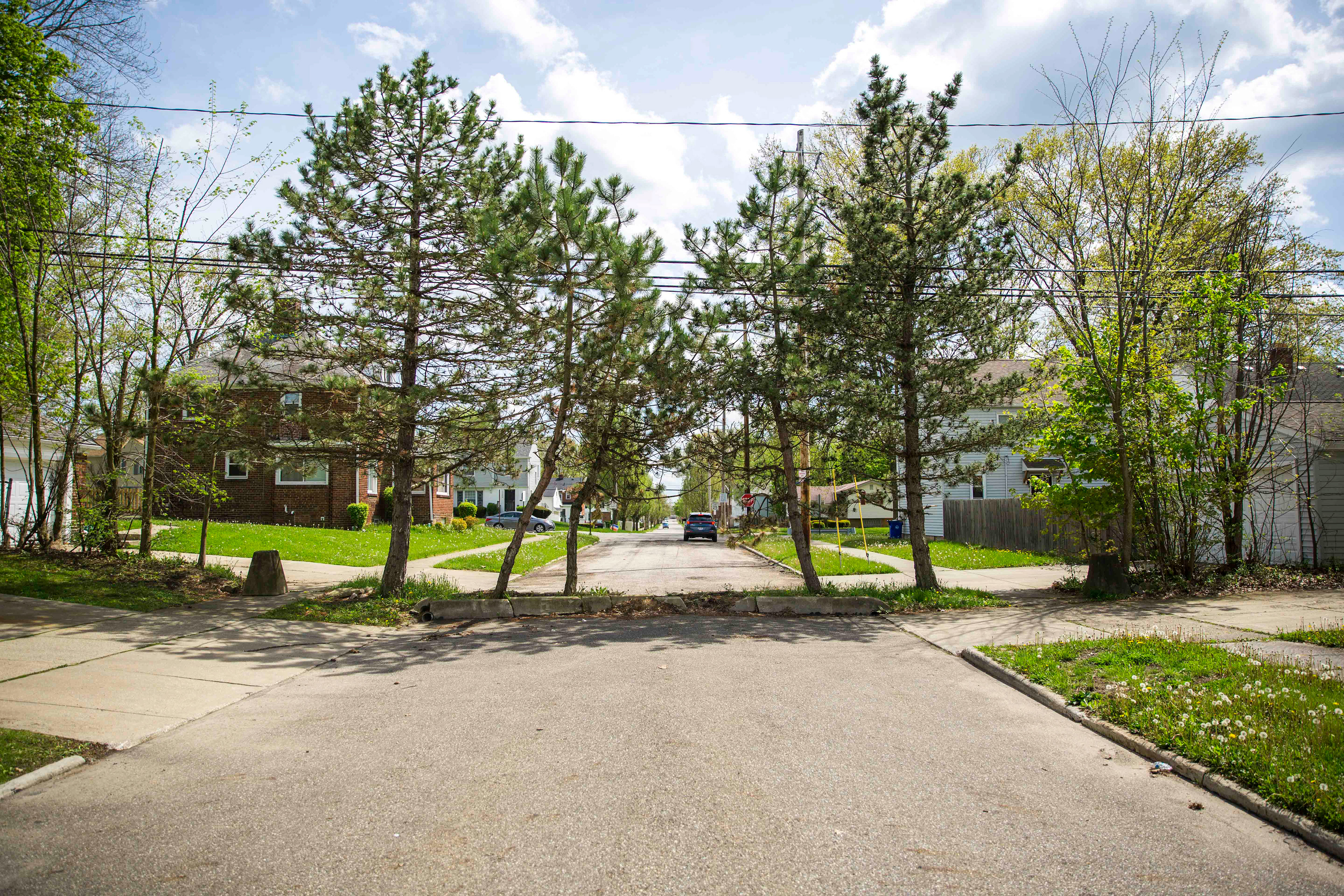
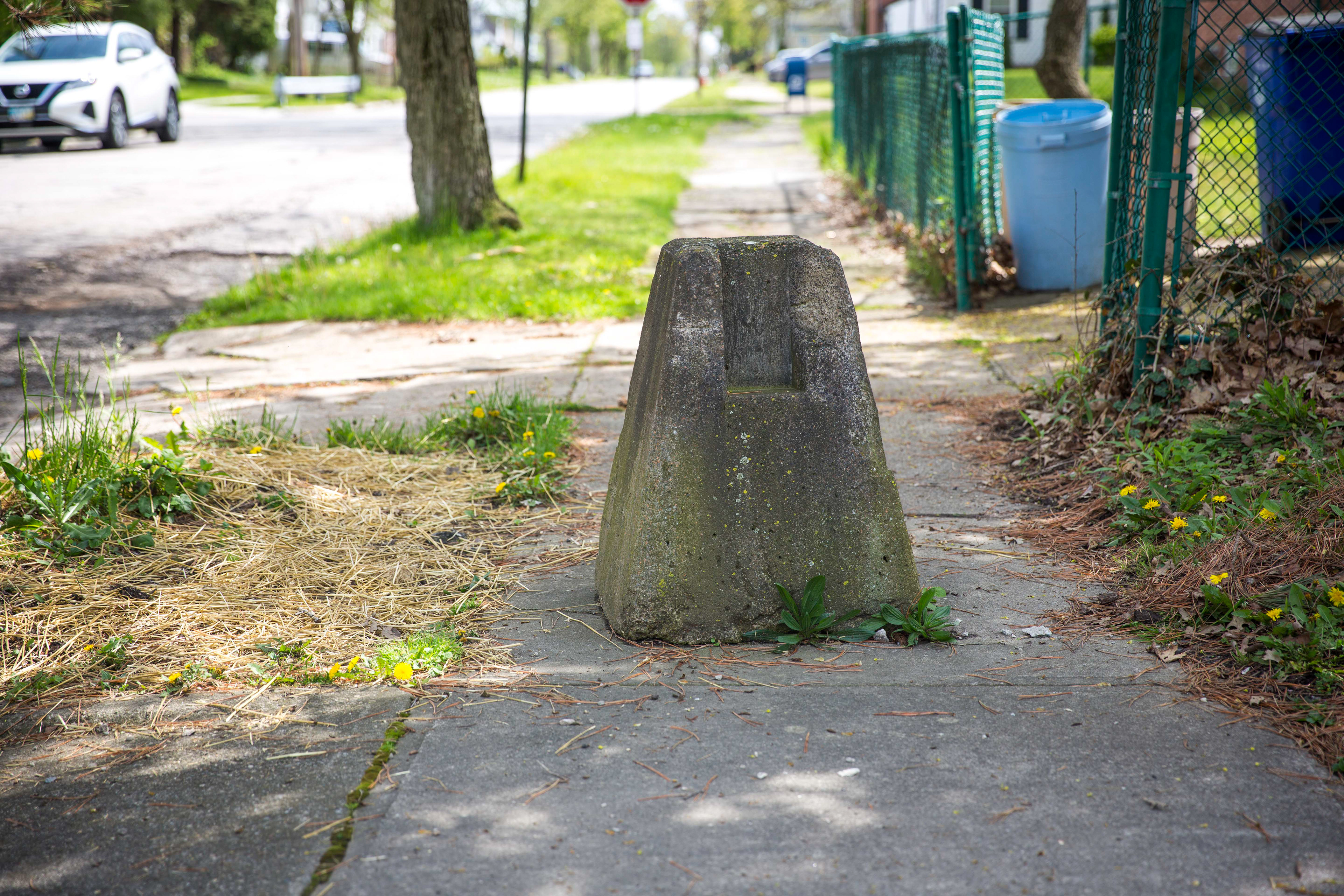
The barrier looking north along E 177th St.
Shaker Heights, with the skyscrapers of the city of Cleveland in the background.

